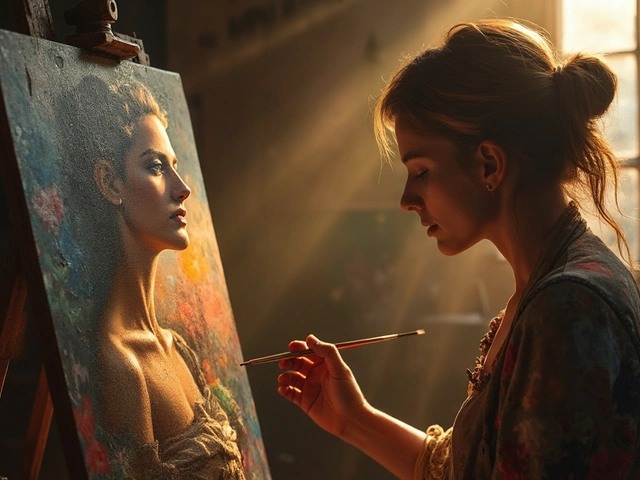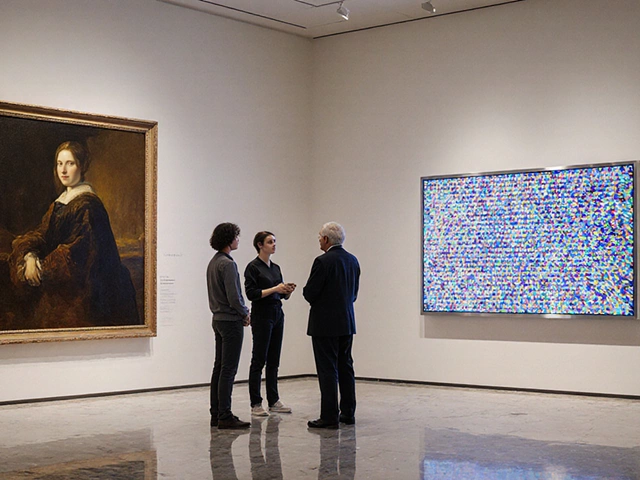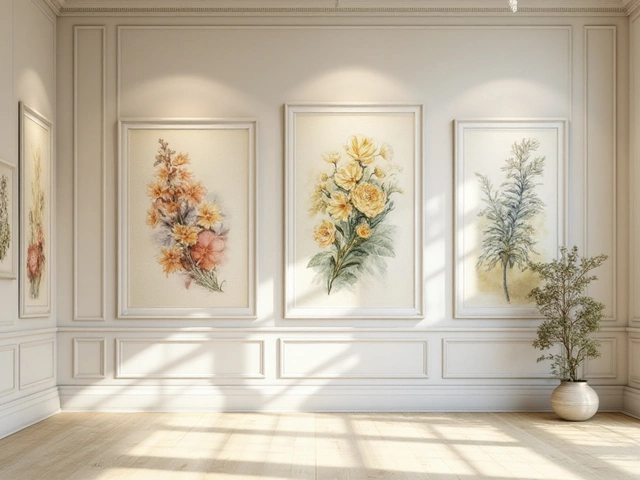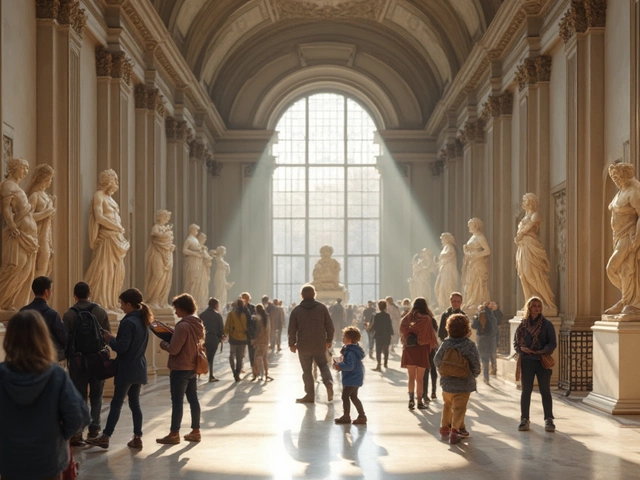Procreate Alternatives: Find the Right Digital Drawing App for You
When searching for Procreate alternatives, any app that lets you sketch, paint, and animate on a tablet or iPad with a similar feel to Procreate. Also known as Procreate‑like apps, these tools give artists flexibility without being locked into a single ecosystem.
One major group of options falls under iPad drawing apps, software designed specifically for Apple’s touch interface and Apple Pencil support. They often include layered workflows, brush customization, and time‑lapse recording. Apps like Affinity Designer, Adobe Fresco, and Clip Studio Paint leverage the iPad’s hardware to deliver performance that rivals desktop programs.
Another related entity is digital illustration tools, softwares that support vector and raster graphics for creating detailed artwork. While some focus on raster painting, others blend vector precision with raster flexibility, letting you switch between crisp line work and expressive brush strokes. Knowing whether you need vector scalability or raster freedom helps narrow the field.
What to Look for in a Procreate Alternative
Choosing a Procreate alternative requires matching three key attributes: brush engine quality, workflow compatibility, and pricing model. A robust brush engine lets you tweak opacity, texture, and dynamics to mimic real‑world media. Workflow compatibility means the app should support layer groups, masking, and easy export to formats like PSD or PNG. Finally, pricing model—whether it’s a one‑time purchase, subscription, or freemium—affects long‑term accessibility for hobbyists and professionals alike.
Many artists also consider graphic tablet software, programs that pair with drawing tablets such as Wacom, Huion, or XP‑Pen. Even if you’re on an iPad, you might use a tablet for a larger drawing surface or more precise pressure sensitivity. Software like Krita or Corel Painter can run on Windows or macOS, offering a desktop complement to your mobile workflow.
Performance on hardware is another critical factor. Some alternatives, like Clip Studio Paint, are optimized for low‑end devices, making them ideal for older iPads or Android tablets. Others, like Affinity Designer, demand more RAM but reward you with faster rendering and smoother zooming. Checking system requirements before committing saves frustration later.
Community support and resource libraries also play a big role. Apps that host active forums, tutorial channels, and brush marketplaces let you grow faster. For example, Adobe Fresco’s integration with Adobe Creative Cloud gives you access to a massive library of brushes and assets, while Affinity’s community shares free brushes and workflow guides.
Finally, think about future‑proofing. Trends show a rise in AI‑assisted brush generation and cloud‑based sync. Apps that already experiment with these technologies, such as Concepts or ArtRage, may keep you ahead of the curve as the industry evolves.
Below you’ll find a curated collection of articles that dig deeper into specific alternatives, compare feature sets, and offer step‑by‑step tutorials. Whether you’re switching for cost, features, or platform flexibility, these posts give you the insight you need to pick the perfect tool for your artistic journey.
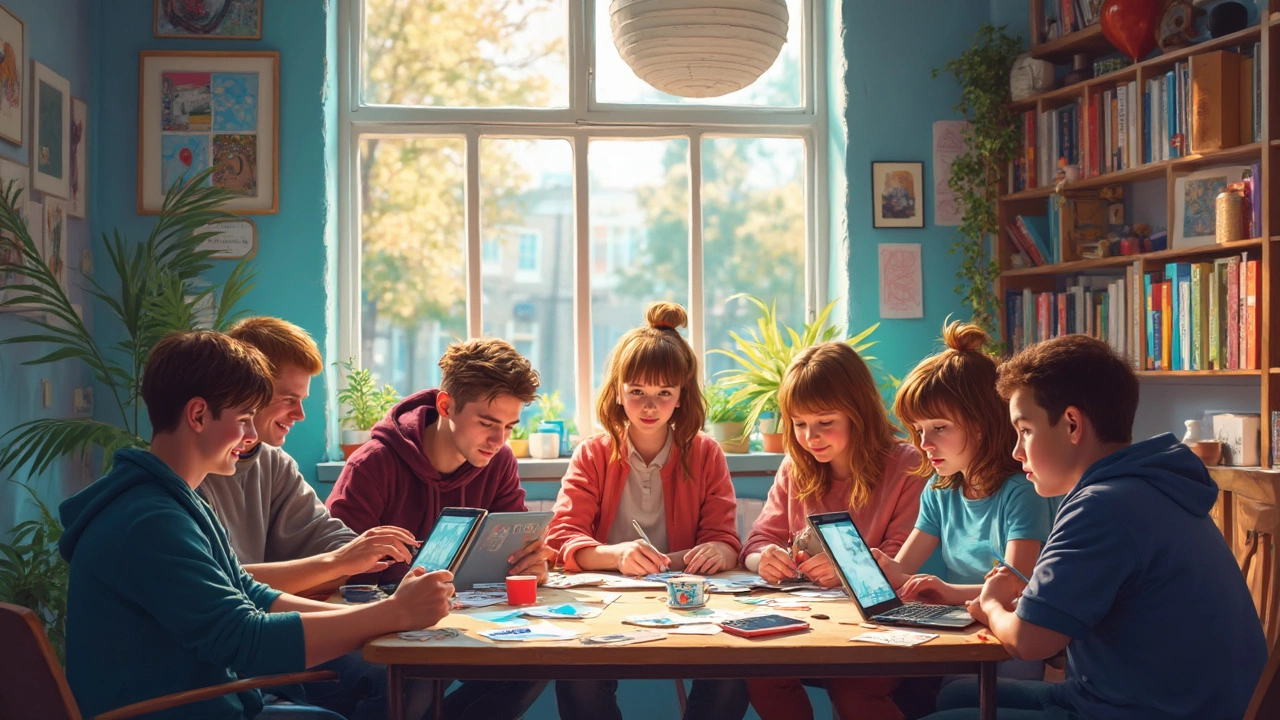
Ever wondered if you can create digital art without spending a dime? This article cuts straight to the chase about free digital art apps—what's out there, what features you get, and how far you can push your creativity without paying. You'll find a mix of tried-and-true tools for every device, honest pros and cons, and some hidden gems worth a shot. Plus, I’ll share real tips to maximize the free experience and avoid common traps. Get ready to start drawing the digital way with zero cost and zero confusion.
